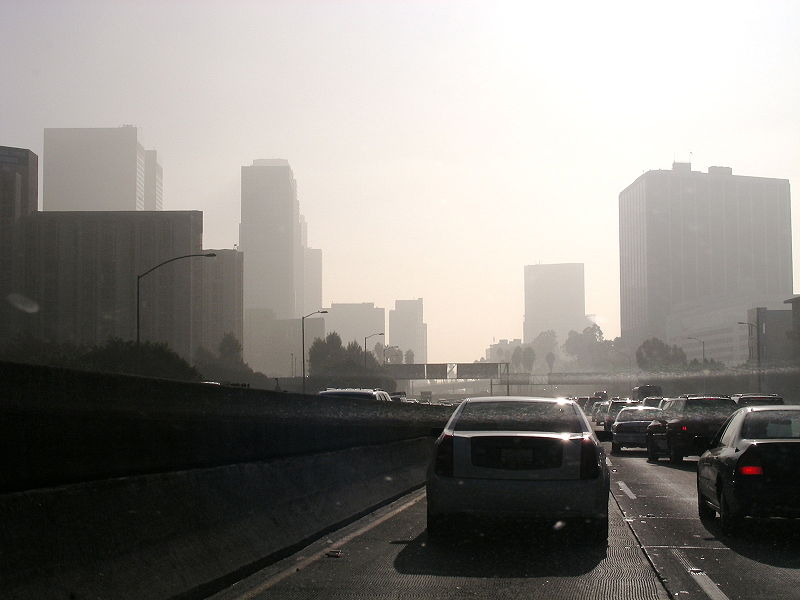Combustion engines are crucial for many industries including transportation, construction, and electric power generation. But are also sources of gaseous and particulate matter emissions. Jim Wallace, a Professor in the Department of Mechanical & Industrial Engineering at the University of Toronto, discuss the sources of these emissions and present the technologies for controlling them at the SOCAAR Seminar on January 7.
Wallace explains it’s all about mixing and the air to fuel ratio when it comes to particle formation. Particles form from combustion processes where there’s inadequate mixing or there’s not enough oxygen present even though the fuel and air are mixed.
For example, gasoline engines don’t generate particles because the fuel and air are mixed and there’s enough oxygen. On the other hand, diesel engines form particles. Designers for a diesel engine can improve oxygen entrainment by: decreasing the temperature, increasing the fuel injection pressure; or reducing the nozzle diameter. Engine manufacturers already do this, but there’s a limit to what they can do.
An advance in engine design is the gasoline direct injection (GDI) engine. A key advantage of the GDI engine is that it enables reduced fuel consumption. Like a diesel engine, it has a fuel injector which sprays fuel directly into the combustion chamber. Rather than spraying fuel into a port and then waiting for something to happen, the fuel is sprayed right into the place where it burns. The GDI engine has increases volumetric efficiency, reduces pumping loss due to stratified operation (one region has a different air to fuel ratio than another), and can use a smaller engine with same power output.
However, the GDI engine has two main problems associated with increased particulate emissions.
First, the injected fuel doesn’t have enough time to vaporize and properly mix, producing liquid droplets and getting particle swarm. Second, fuel can spray on top of the piston and cylinder walls and interact; getting a pool of gasoline on top of the piston and that can cause a pool fire.
Wallace showed that GDI engines under certain operation modes can produce an order of magnitude more particles than conventional gasoline engines. He believes this particulate emission is a significant challenge for the industry, as the GDI engine makes up a large portion of new productions.
Results from Wallace and his research team show fuel composition has a huge affect on GDI particulate matter emissions. They correlate emissions of isobutylene and toluene with the observed variability in particulate measurements. The next step in for the research team will be to run experiments with surrogate fuels where the exact fuel composition is known and refine this correlation.




